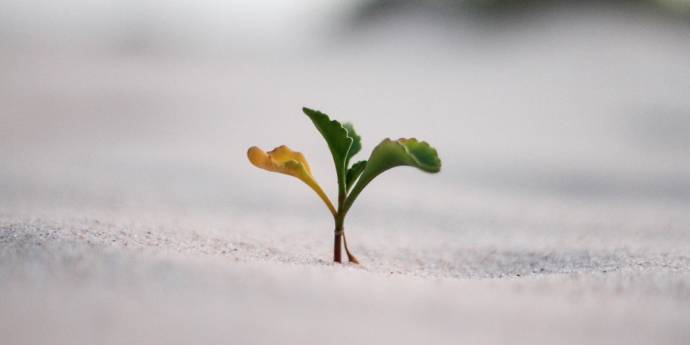What I'm reading – Suneil Connor
Time is a hugely important commodity for leaders - this week's book provides advice on how to make the most of it.
The circular economy can help unlock economic growth by reducing waste, optimising resource usage and creating new business models.

Cost efficiencies, improving operational processes and optimising resource use were all front of mind for directors in the IoD’s 2024 Director Sentiment Survey - despite increased optimism about Aotearoa New Zealand’s economic performance.
In this fiscally constrained environment, with climate risks escalating and resource scarcity intensifying, the circular economy stands out as a powerful lever to help net zero commitments, build resilience, support cost savings and enhance competitive advantage. With finite natural resources acting as a limit to growth, a circular economy can also help unlock economic growth by reducing waste, optimising resource usage and creating new business models.
The circular economy is a regenerative economic system that minimises waste and emissions by maintaining a continuous flow of resources through practices like design, reuse, maintenance, refurbishment, remanufacture, composting and recycling, while contributing to sustainable growth.
It is estimated that by 2050, over half of the demand for critical materials like cobalt, lithium and nickel could be met by recycled materials, creating opportunities for industries to reduce reliance on virgin materials.
New Zealand’s Phoenix Recycling Group has found a competitive advantage mitigating climate change by supporting the transition to the circular economy. They recover metals which are infinitely recyclable; diverting them from landfill, reducing deforestation and mining of virgin resources. By processing metal scrap (copper, steel, brass) into resources for sustainable infrastructure and renewable energy, it’s reshaping resource use and playing a transformational role.
An astounding 80 per cent of the environmental impact of the products we produce and consume is determined during the design stage. The concept of the circular economy shifts away from the traditional "take-make-waste" model. Instead, it focuses on keeping materials in use through processes like reuse, repair, recycling, and remanufacturing. And by designing waste out of the system and maximising resource efficiency, businesses can unlock new opportunities for growth while contributing to sustainability goals.
APL Windows Solutions supplies the aluminium used in New Zealand’s construction industry for doors and windows. One of their major initiatives is the development of their own alternative regenerative, reusable and renewable packaging Wool Looped, using an underutilised stream of New Zealand wool. Ultimately, they aim to reduce waste to landfill by 50 per cent, saving upwards of $500,000 a year in waste disposal costs.
A PwC study on reinventing Asia Pacific’s economy underscores the immense economic and environmental potential of transitioning to a circular economy:
These figures highlight the clear business case for circular economy, where profitability and sustainability are intrinsically linked.
Shifting to a circular economy requires overcoming short-term financial, technological, perception and operational hurdles. Like all transformations, the benefits of a circular economy would not be felt evenly across all sectors. The study highlighted that while some sectors would experience job and economic growth, resource-intensive industries would have losses and, despite overall reductions, there would be emissions increases in the recycling and maintenance and repair sectors.
For many boards, adopting circular economy principles is proving to be a game-changer, offering competitive advantages while supporting net-zero commitments. Designing waste out of business process, reducing single use products by using renewable or reusable products and integrating recycled inputs can enable companies to cut procurement costs and reduce dependency on scarce resources. And by reducing reliance on virgin materials, businesses can reduce their risk exposure to supply chain disruptions and price volatility.
As well as the financial benefits, another compelling aspect of the circular economy is its alignment with climate goals. By minimising waste and reusing resources, businesses can significantly reduce greenhouse gas emissions. According to the United Nations Environment Programme, circular practices could reduce global emissions by 19 per cent annually by 2050 and improve resource efficiency by 17 per cent. For companies looking to meet ambitious net-zero targets, shifting to a circular economy offers a practical and scalable solution.
For directors, the transition to a circular economy requires strategic vision and leadership. Boards play a critical role in integrating circular economy systems into corporate strategies, setting measurable targets, and ensuring alignment with long-term sustainability goals. By embedding circular economy principles into their operations, companies can enhance their adaptability to climate risks, capitalise on new growth opportunities and secure their position as leaders in a rapidly changing world.
The circular economy represents more than an environmental solution – it is a strategic imperative for businesses looking to thrive in a resource and financially constrained world.
Considerations for directors:
*AI assisted.